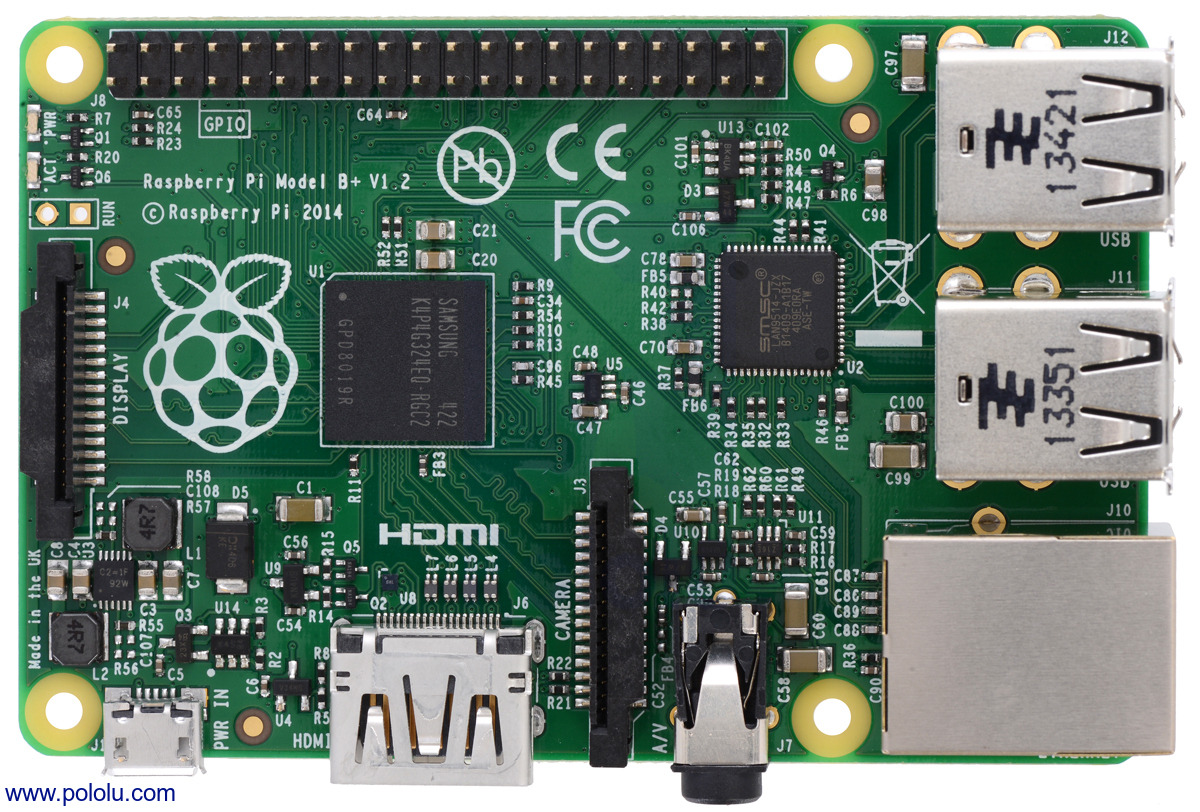Writing an OS for RPi B+ - Intro
06 Mar 2022 | programming, os, rpi, side-projectI got my hands on a second hand Raspberry Pi 1 B+ for just 4$. For those who don’t know it’s a credit card sized computer capable of running linux. It is powered by a ARM processor and has 512MB of RAM. It also had an ethernet port, HDMI output, 3.5mm audio jack and 4 USB ports. It’s a popular hardware among the electronic hobbyists.

I have been thinking for quite some time to work on an OS project. But I couldn’t either find the time and the right hardware to target. I did start a minor project targetting a generic x86 VM on qemu. For me personally, I only enjoy tinkering when I can see my code run on a real hardware. The Rpi was perfect for this. It was not too complicated to understand and yet complicated enough to require a OS of it’s own.
I don’t plan on writing a blog series or such on the topic as there are already numerous blogs available on this topic (However I couldn’t find one targetting RPi 1). But I do wish to document the challenges that I face, the progress that I make and the design decisions that I take, mostly for me to reference it later in future. Before starting anything it’s important to define the scope of the project. My initial target is to achieve:
- First and foremost, being able to run code on real hardware. This would require performing the boot up sequence and setting up the memory
- Use the HDMI output to print output on screen
- Take input from keyboard via usb port
The other things that can be done after the initial milestones are achieved:
- Separate userspace from kernel space
- Support basic graphics
- I do want to write Network stack here but that’s just me being too ambitious
I plan on using C++ for this project as I already use it in my job. I don’t have experience of working with the ARM architecture, so I need to study up a bit on that side as well. The next post will cover more details on the environment setup for developing the project.